The History of Pita Bread
Homemade Pita Bread origins are rooted in the prehistoric flatbreads of the Middle East. There is evidence that the Natufian people (now Jordan) made a similar flatbread. They used wild grains, during the Stone Age, about 14,500 years ago.
It's no surprise that some version of pita bread or flatbread has been popular the world over for generations. However, it has only gained popularity in the United States in recent decades, due to our growing appetite for ethnic cuisine.
A Staple of Society
Bread has always been of central importance, even in the earliest societies (see my other bread recipes here). The earliest domesticated crops in the Neolithic period (about 10,000 years ago) were ancient wheat and barley, from the Fertile Crescent.
The Babylonian culture of Mesopotamia had the earliest known records and recipes of bread-making. Their bread was similar to the pita flatbread. It was baked in a tandoor. The bread was the basic element of their diet 4,000 years ago.
We usually bake our own challah every Friday for Shabbat. But today, we tried our hand at making pita bread. I love its versatility. It can be eaten by itself, stuffed with tuna salad, a medley of vegetables, stuffed with meatballs, or slices of cheese. Or it can be eaten warm, straight from the oven, with a pat of butter.
The ingredients are simple. You start by dissolving the yeast in lukewarm water, sugar and yeast. Then add the flour. I add a little whole wheat flour to make the flavor and texture more rustic. Finally, the olive and salt are added to the mixture.
However you enjoy your pita bread, I'm sure you will enjoy this recipe. Be forewarned, as with any bread recipe made by hand, the prep time is long. In fact the prep time takes about 1 hour and 45 minutes. Very similar to military duty, it's a hurry up and wait scenario. But like anything good, it's worth the wait!
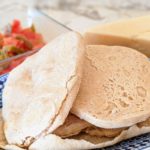
Homemade Pita Bread
DESCRIPTION
INGREDIENTS
- 2½ cups all-purposed flour (unbleached)
- 1 cup water (lukewarm )
- ¼ cup whole wheat flour
- 2 tablespoons olive oil
- 2 teaspoons active dry yeast
- 1 teaspoon kosher salt
- ½ teaspoon sugar
INSTRUCTIONS
- INSTRUCTIONS
- For the starter: In a large mixing bowl, add 1 cup lukewarm water, yeast and sugar. Stir until dissolve. Then add the ¼ whole wheat flour and ¼ cup all-purpose flour. Mix together. Place bowl in a warm place, uncovered. The mixture will become frothy and bubbly within 15 minutes.

- Next, add the olive oil, salt and all the remaining all-purpose flour, leaving ½ cup flour for later. Slowly stir the mixture until roughly combined. Dust the mixture with a little leftover flour, then knead in by hand in the bowl for a minute.
- Remove the dough and place it onto the counter top and knead lightly for 2 minutes until it's smooth. Cover with plastic and let rest 10 minutes. Remove plastic and knead the dough again for 2 minutes.

- In a clean mixing bowl, place the dough and cover it once again with plastic wrap, then cover it with a towel. Place the bowl in a warm place and let sit for about an hour, until the dough has roughly doubled in size.
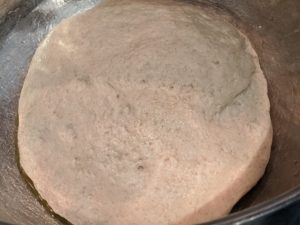
- Place a baking sheet on the bottom shelf of the over and heat to 475 degrees.
- Punch down dough and divide equally into 8 pieces and form into balls. Place dough balls on the counter top and cover them with a damp towel to rest for 15 minutes.
- Remove a ball and using a rolling pin, slowly roll out into a ⅛" thick disk (about 7-8" in diameter. Dust with flour if needed.
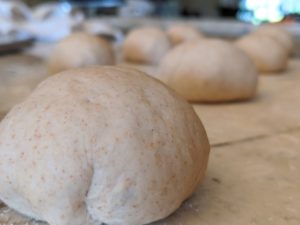
- Gently lift the disk and place it on hot baking sheet. Within 2 minutes the disk should puff up. Flip it over gently and bake for another minute. Remove and place in basket lined with cloth or paper to keep bread warm and light. Repeat. Serve warm or at room temperature with your favorite stuffing or all by itself.
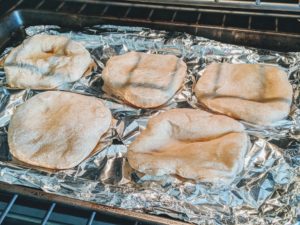


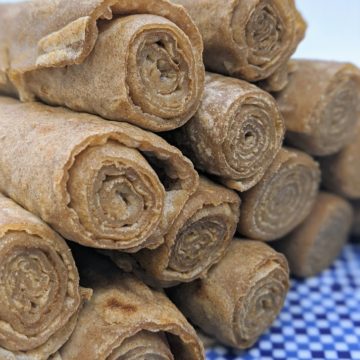
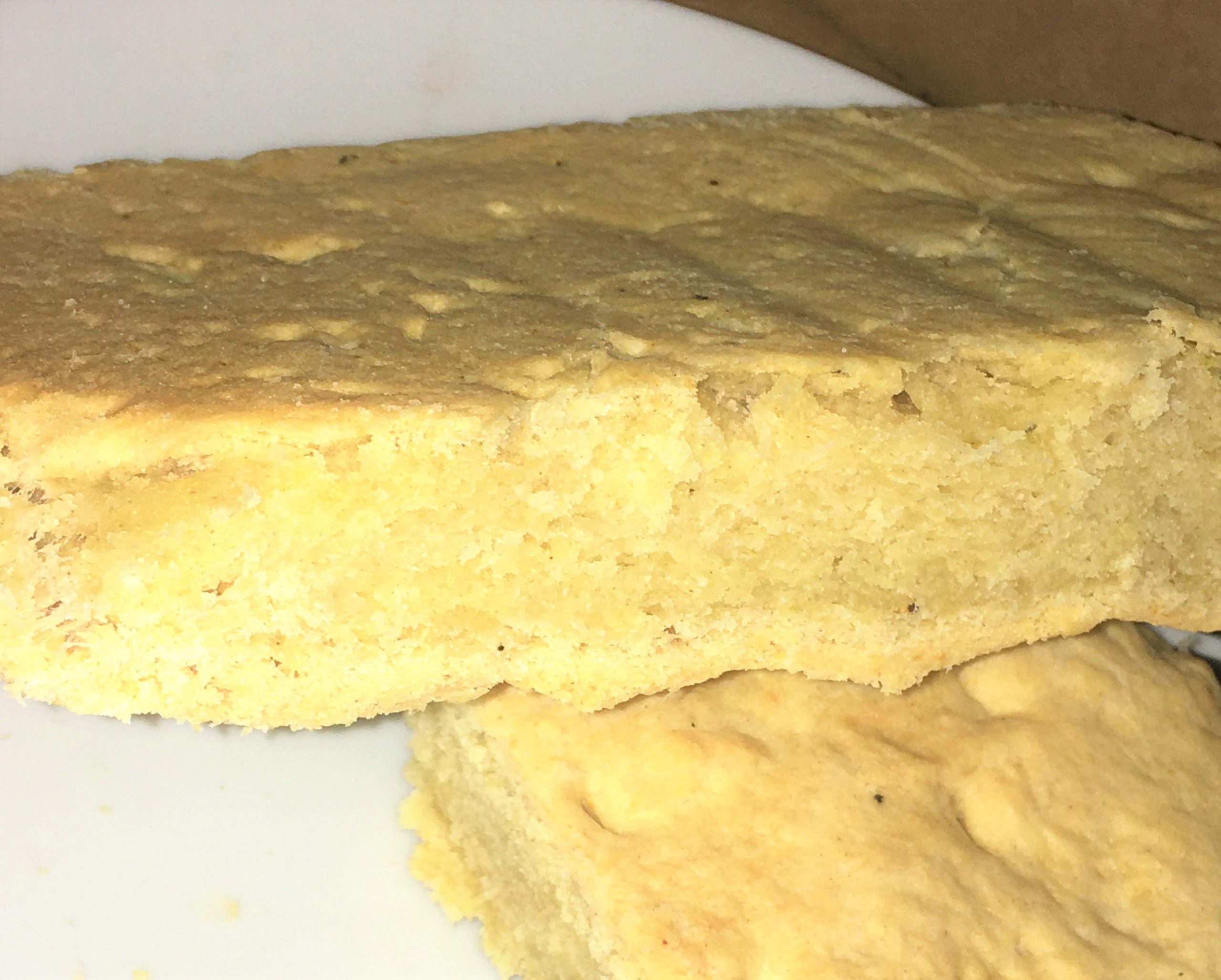
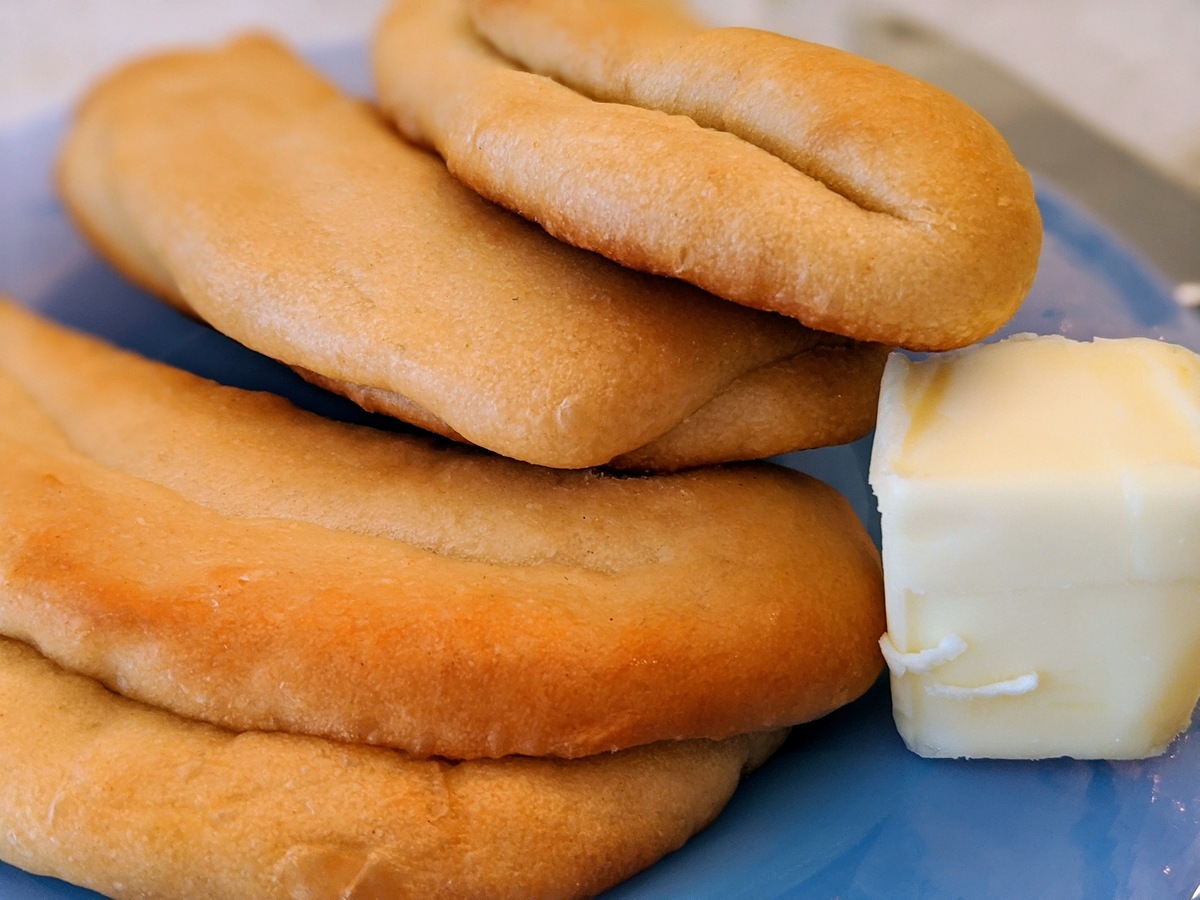
Jan Williams says
do you make Moroccan matlouaa or khobz al makla, frying pan bread? there are lots of video on Youtube. I'm still working on it. Second batch is getting better. it's more substancial than pita.
Kosher Cowboy says
Jan, thanks for your email. No I have not made matlouaa or khobz al makla. How did yours turn out? I'd love to try it out if you have a recipe.